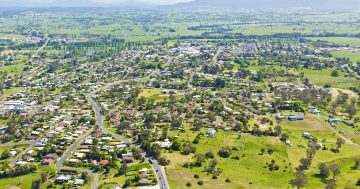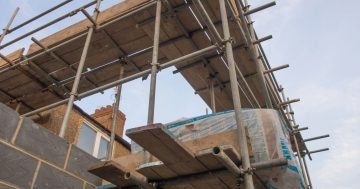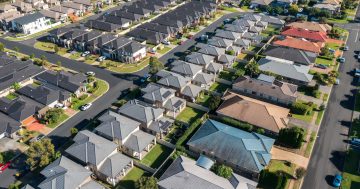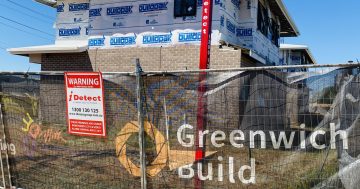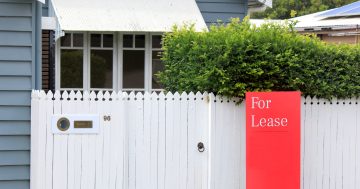
The latest report on renting confirms it – renting is an incredibly tough market at the moment, especially for those on income support or low incomes. Photo: Supplied.
The state of rental housing in New South Wales was found wanting in a new analysis, with very few properties affordable for those on low incomes or income support.
The 2023 Rental Affordability Snapshot, which is released by Anglicare annually, reviewed 45,000 properties listed on realestate.com.au from across Australia on their affordability.
Anglicare Executive Manager for Community Engagement Amy Lanham said the report reinforced the spike in need the organisation was seeing from the public.
“Sadly, it was not unexpected, but it’s very concerning to see the lack of available housing out there for people who are most vulnerable,” Ms Lanham said.
The ‘Southeast (Capital Region)’ section looked at the Eurobodalla, Bega Valley, Bombala, Goulburn Mulwaree, Harden, Boorowa, Cootamundra, Cooma-Monaro, Palerang, Tumbarumba and Snowy River areas.
Of 387 private rentals advertised, only 2 per cent were affordable for those on income support, while 19 per cent were affordable for households on minimum wage.
Ms Lanham said this was due to several factors, including the prevalence of short-term accommodation and the arrival of people to the South Coast from cities.
“But we have understood people who were still in temporary accommodation, living in shipping containers, living in tents, living in their cars – that was compounded by this surge of interest from metro areas.”
Anglicare’s report also found some areas had similar median weekly rents.
Eurobodalla’s was $550 and Yass’ came in at $595, while Batemans Bay was $545, Bega Valley’s was $500 and Goulburn’s was $480.
The Snowy Valley region was the lowest, at $365 per week.
Meanwhile, there were more than double the number of private rentals being advertised for rent in the Australian Capital Territory and Queanbeyan area – at 1553 – but there was limited affordability again.
Just 1 per cent of the homes were affordable for households on income support, while 2 per cent were affordable for those on minimum wage.
This section of the report covered Queanbeyn, Cooma-Monaro and unincorporated ACT.
The median rental price for houses in the Australian Capital Territory were found to be $695, or $140 higher than the price for “combined capital cities”.
Despite some support efforts – such as one-off government grants for rental assistance and a recent ban on no-cause evictions – Ms Lanham said renters would still be struggling.
The ACT median rental cost as a percentage of household income was described as “grim”, with the median cost as a share of income coming in at 119 per cent for single pensioner households and single households on disability support.
Additionally, a single person on JobSeeker would be paying 180 per cent.
Another concern, beyond unsustainable prices, was that those on lower incomes would be competing against those with higher incomes for the same properties, Ms Lanham said.
“It doesn’t mean that they’re going to necessarily get those properties because there’s so much competition from people who are on better wages,” Ms Lanham said.
Beyond the rental market, the report highlighted limited access to public housing, which Ms Lanham said needed to increase urgently.
On average, a Canberra applicant waits 1827 days for standard housing, with 3157 applicants on the ACT Housing Register on 10 March, according to the report.
In South East NSW, the expected wait time for a one- or two-bedroom property in public housing was five to 10 years.
In Goulburn, the expected wait time for public housing was two to 10 years.
“Rents have increased sometimes by up to 20 per cent over the past one or two years, and that’s huge,” Ms Lanham said.
“For people who are already struggling, they simply can’t absorb that sort of hit, and so there needs to be some systemic changes to help those who are really in need.”
Ms Lanham had some simple advice for those experiencing hardship: speak up early.
“Just access support – whether it’s through Anglicare, whether it’s through another organisation,” she said.
“There are organisations like us out there who are able to offer some of those wraparound supports.”
The 2023 Rental Affordability Snapshot is available via Anglicare’s website.







